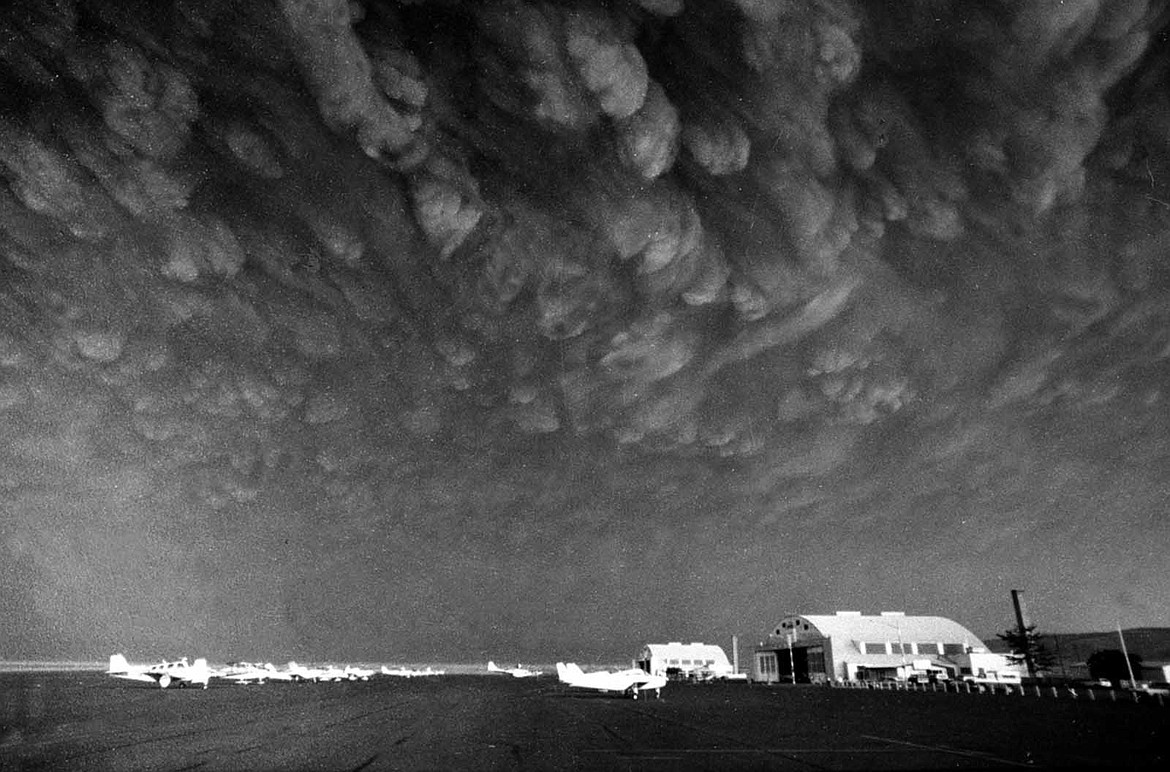Area residents recall eerie aftermath of volcanic eruption
Annie McLaughlin of Whitefish was six months pregnant and headed to work at the Roundup (now the Town Pump) in Whitefish when she saw the ash cloud moving in from the catastrophic Mount St. Helens volcanic eruption....
Support Local News
You have read all of your free articles this month. Select a plan below to start your subscription today.
Already a subscriber? Login
Daily Inter Lake - everything
Print delivery, e-edition and unlimited website access
- $26.24 per month
Daily Inter Lake - unlimited website access
- $9.95 per month









